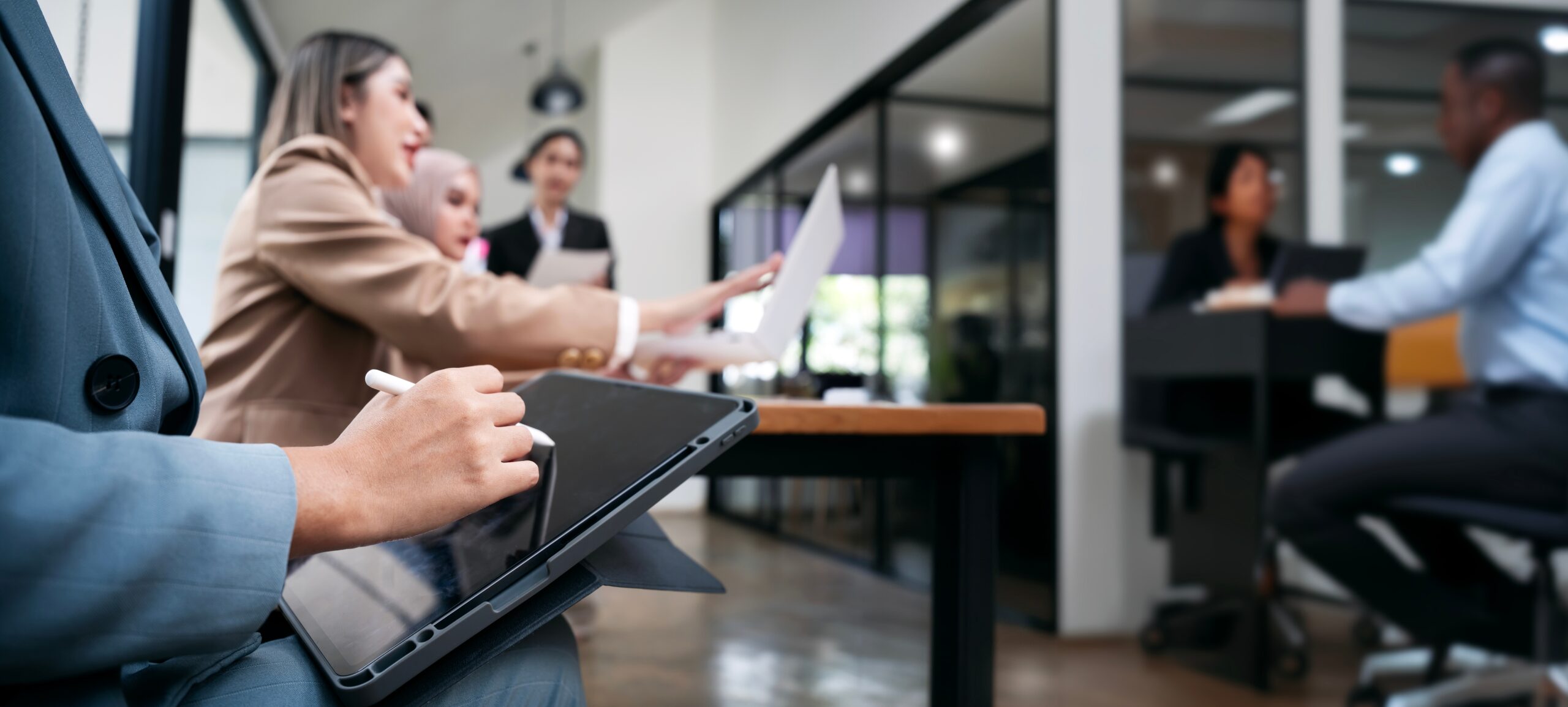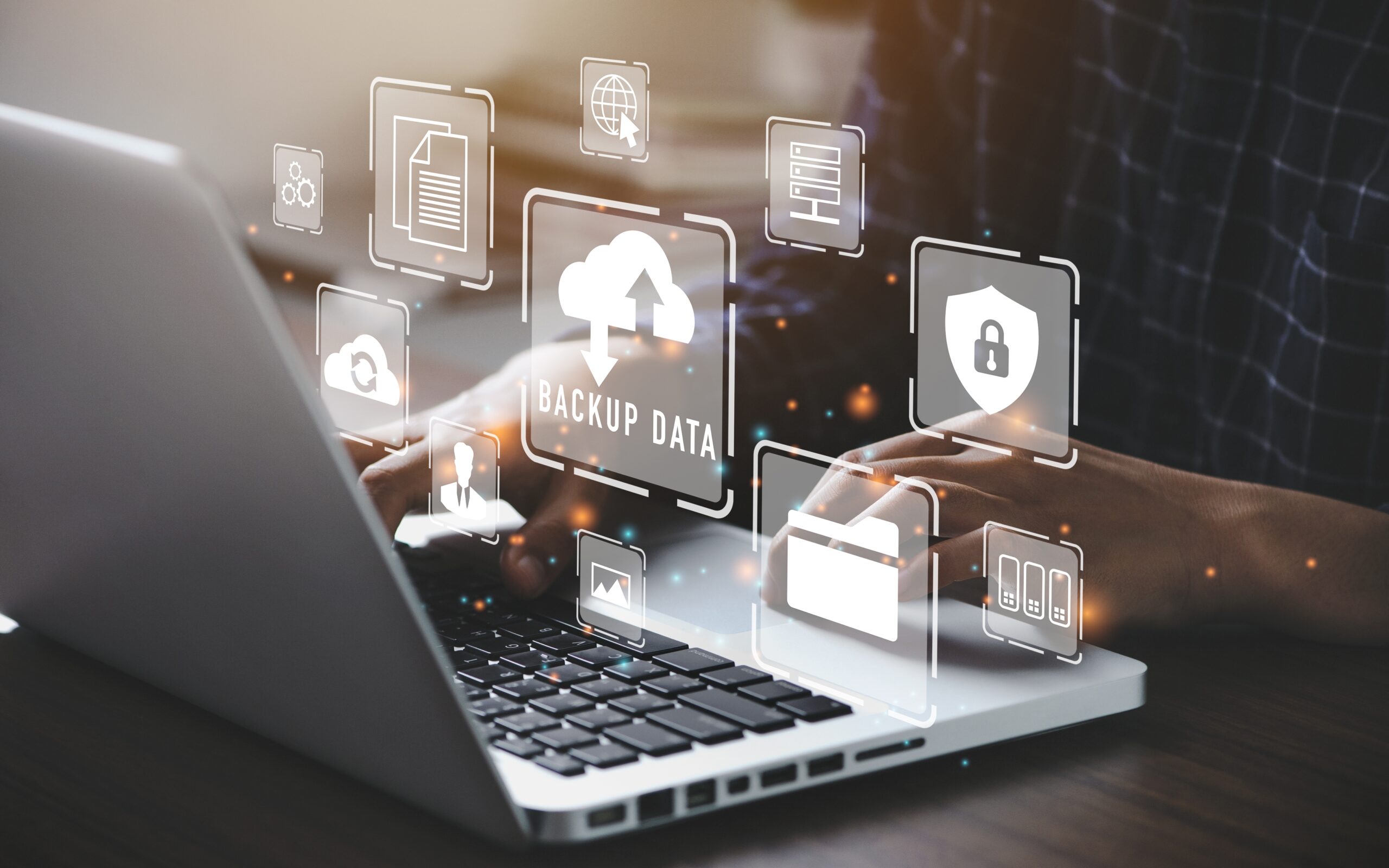 Many small business owners and managers wear multiple hats.
Many small business owners and managers wear multiple hats.
One minute they are HR, the next, finance, and this switching of roles and juggling multiple tasks can be constant. While multitasking is an essential business skill, it’s not the answer to total business success. In fact, constantly multitasking could actually lead to decreased productivity. When this happens, there is one way to fix it: Reduce or stop multitasking.
Here are five tips on how you can cut back on multitasking.
1. Watch out for interruptions
When you run a business, you will be constantly interrupted. From phone calls to text messages and important emails, you will be always stopping what you are doing to essentially do something else. This can cause you to lose concentration and possibly forget about the initial task at hand and ultimately harm your productivity.
To prevent this you should try to minimize your interruptions. This could involve something as simple as forwarding calls to your voicemail or turning your phone and non-essential notifications to silent. Don’t forget about the physical interruptions like people walking into your office. Try putting a sign on your door or letting them know that you will be busy for a certain amount of time and don’t want to be interrupted.
If this is impossible, try identifying the source of the majority of your interruptions and taking actions to minimize this. You’ll be surprised by how much more you get done when you decrease or eliminate interruptions.
2. Step away from the tech
Tech devices, especially mobile ones like your tablet and smartphone, are great at keeping us connected and allowing for increased productivity when used correctly. Unfortunately, many users don’t use their tablets or phones strictly for productivity and they can become more of a distraction at times.
If you need to concentrate on something, try putting the non-essential tech away, or out of your reach. This will usually minimize the potential of you reaching for it automatically when you need time to think, or pause. You could even go so far as to turn off tech-based communication like email, social media and calls, or at the very least silence the notifications.
3. Complete your tasks
A sign of someone who is an excellent multitasker is the fact that they have many tasks or projects they are working on, yet none are ever really finished. A surefire way to minimize multitasking is to actually set out to finish what you start. Don’t let yourself get interrupted or switch to another task midway through, because there is a high chance that you will be interrupted with yet another task, and end up with three unfinished ones.
When possible, finish your tasks or at least stop at a point where you can pick it up easily at a later date or time. If this is not possible then try making notes as to what needs to be done regarding each task. This will at least minimize the time required to restart a task or figure out what still needs to be done.
4. Show up
We don’t necessarily mean physically show up to complete your tasks, what we mean is to actually focus fully on the task at hand. If you have a meeting with a colleague or client you shouldn’t be checking your email, phone, or attempting to tackle other pressing tasks during the meeting. Doing this will cause your attention to wander and you could become confused or even miss what is being said.
So, avoid potentially embarrassing situations by simply focusing on the person or people in front of you. The other tasks or what interrupted you will still be there after you have finished and by focusing on the immediate task, you will likely be able to get to the others quicker because of the lack of distractions.
5. Do one thing only
In order to maximize your productivity and completely shrug off multitasking, try doing only one thing at a time. A good place to start is to try setting a time each day reserved only for email. Take the time to read your emails and answer them without interruptions. From there move your focus onto only one task and see how this works. With a bit of practice, you should be able to reduce how much multitasking you do and may even see a boost in overall productivity.
If you are looking to increase your productivity at the office please contact us today to see how we can help.







